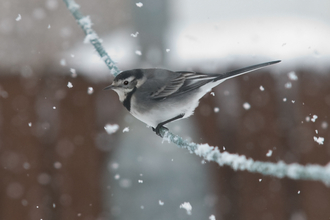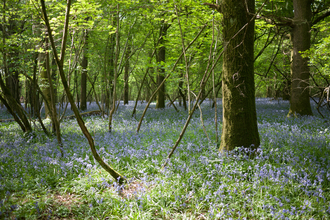Velvet Shank ©Ben Cook
Velvet shank
The velvet shank can be found clustered on the dead and dying wood of deciduous trees, such as elm, ash, beech or oak. It has a bright orange cap and can be seen throughout winter.
Scientific name
Flammulina velutipesWhen to see
November to FebruarySpecies information
Category
Statistics
Cap diameter: 4-12cmStem height: up to 10cm
Conservation status
Common.


